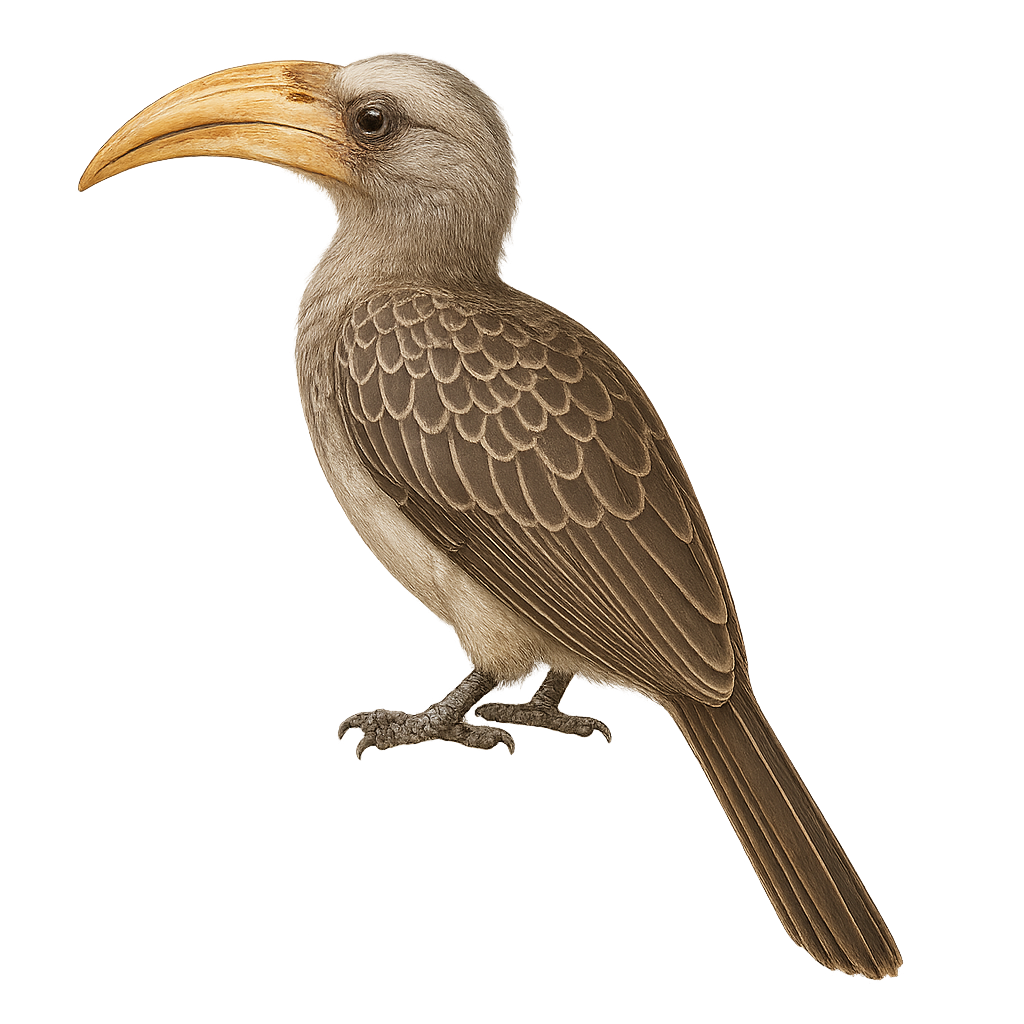Your wildlife photography guide.
Explore the pale-billed hornbill in detail, study its behavior, prepare your shots.
Where to observe and photograph the pale-billed hornbill in the wild
Learn where and when to spot the pale-billed hornbill in the wild, how to identify the species based on distinctive features, and what natural environments it inhabits. The WildlifePhotographer app offers tailored photography tips that reflect the pale-billed hornbill’s behavior, helping you capture better wildlife images. Explore the full species profile for key information including description, habitat, active periods, and approach techniques.
Pale-billed Hornbill
Scientific name: Lophoceros pallidirostris

IUCN Status: Least Concern
Family: BUCEROTIDAE
Group: Birds
Sensitivity to human approach: Suspicious
Minimum approach distance: 10 m
Courtship display: March to April
Incubation: 24-26 jours
Hatchings: March to May
Habitat:
Savannas, open forests, shrublands
Activity period :
Primarily active during the day, with peak activity in the morning and late afternoon.
Identification and description:
The Pale-billed Hornbill, Lophoceros pallidirostris, is a medium-sized bird belonging to the Bucerotidae family. It is primarily found in the savannas and open forests of southern Africa. Its plumage is mostly gray with shades of white and black, and its distinctive pale bill gives it its name. This bird is known for its social behavior, often seen in small groups. It primarily feeds on insects, fruits, and occasionally small vertebrates. The Pale-billed Hornbill plays an important role in seed dispersal, contributing to forest regeneration. Although it is not currently threatened, deforestation and habitat loss could pose long-term risks to its populations.
Recommended lens:
400mm – adjust based on distance, desired framing (portrait or habitat), and approach conditions.
Photography tips:
To photograph the Pale-billed Hornbill, it is advisable to use a 400mm lens or longer to capture detailed images without disturbing the bird. Look for open areas where they are often active, such as savannas or open forests. Be patient and discreet, as these birds can be suspicious. Try to capture moments when they interact in groups or feed, which can offer dynamic and interesting shots.
The WildlifePhotographer App is coming soon!
Be the first to explore the best nature spots, track rutting seasons, log your observations, and observe more wildlife.
Already 1 429 wildlife lovers subscribed worldwide

